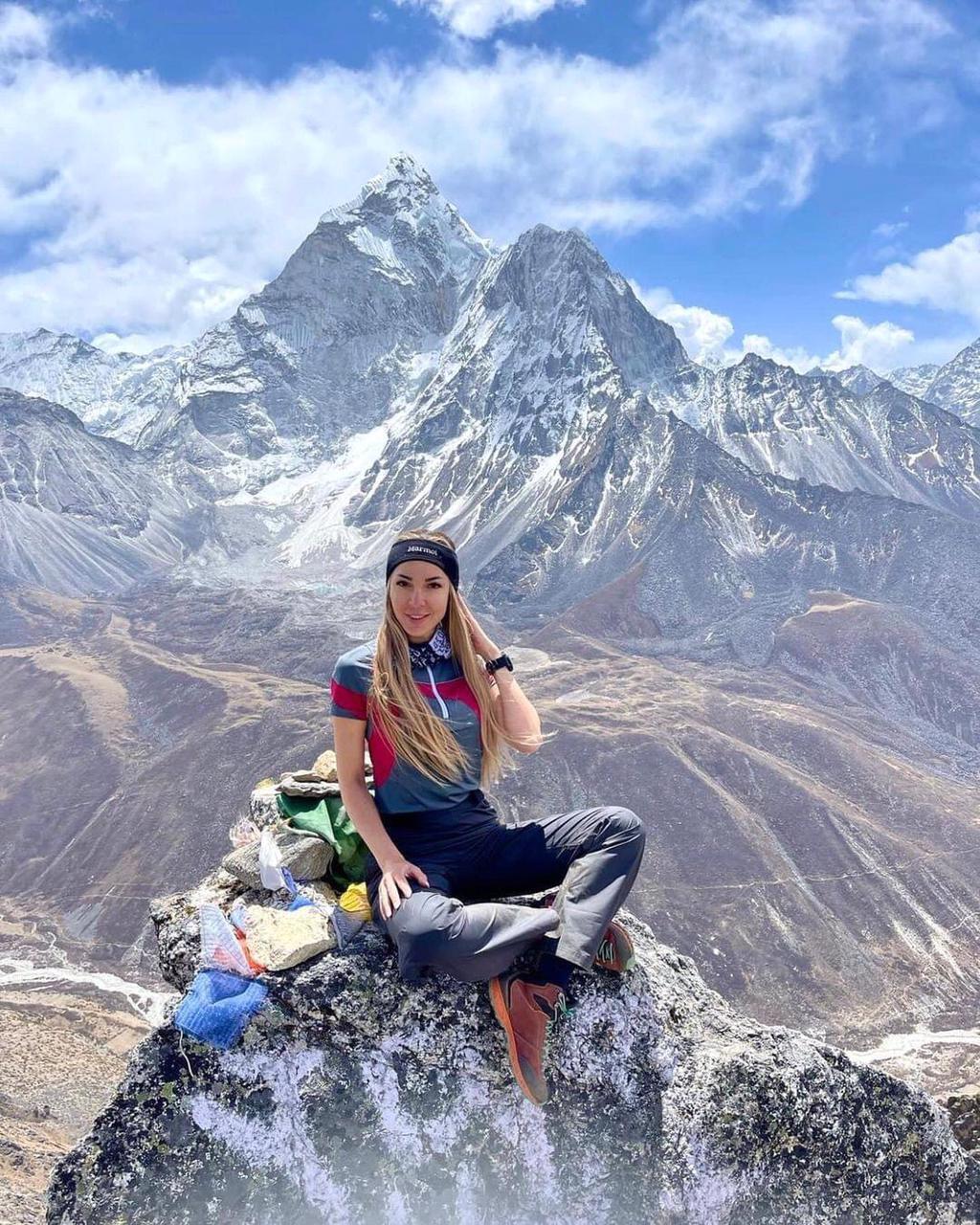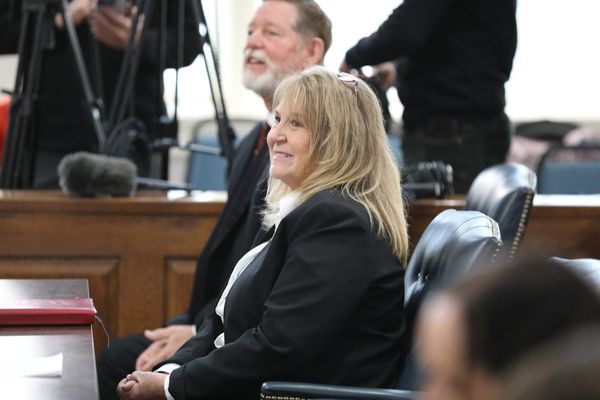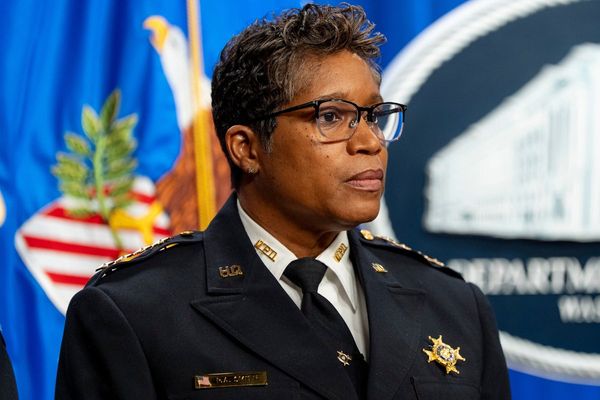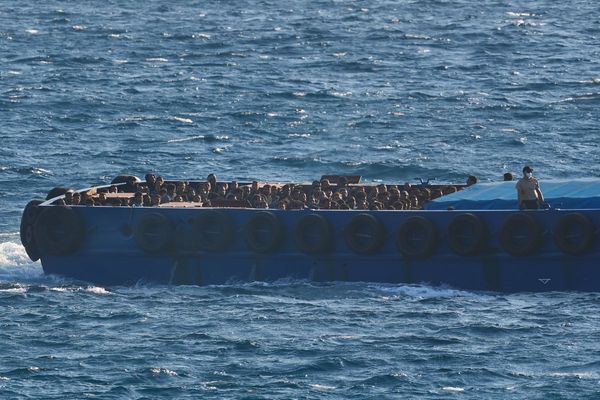
Everest Base Camp is on your bucket list—but how much will it actually cost in 2025? Between blogs quoting $1,000 and others pushing $5,000+, it’s hard to know what’s accurate. Add in questions about helicopter options, gear, permits and tipping and the numbers get even fuzzier.
Whether you’re budgeting for a once in a lifetime trek or comparing packages for the best value, knowing the real Everest Base Camp trek cost in 2025 is crucial. Many trekkers underestimate expenses or get surprised by hidden fees along the way—especially with extras like hot showers, Wi-Fi and return helicopter flights from Gorakshep.
This guide breaks down every cost—from trekking permits to guides, flights to food. It also covers what affects the price, how to save money without compromising safety and whether extras like a helicopter return are worth the upgrade.
If you want a realistic look at what you’ll spend and how to plan wisely you’re in the right place. Let’s demystify the numbers and get you trekking with clarity and confidence.
Quick Overview: What’s the Everest Base Camp Trek Cost in 2025?
Budget, Mid-Range and Luxury Price Ranges
The Everest Base Camp trek cost in 2025 varies depending on your style of travel. For budget trekkers expect around $1,400 to $1,700 especially if you join a local group and share rooms. Mid-range packages cost $1,800 to $2,500 with added comfort, licensed guides and porters.
Luxury treks can cost $3,500 to $5,000+ especially if you include Everest helicopter return flights, private rooms or upgraded lodges. These treks usually include everything—meals, flights, gear and even oxygen backup.
The key is choosing a style that fits your budget and expectations. Don’t assume “more expensive” means “better”. A reliable guide, safety standards and acclimatization days matter more than hot showers and fancy tea houses.
What’s Included in the Price (and What’s Not)
Most trekking packages include airport transfers, domestic flights (Kathmandu–Lukla roundtrip), permits, accommodation, meals on the trail, a licensed guide and porter services.However, some costs are often excluded—hot showers, Wi-Fi, battery charging, personal gear rentals. Travel insurance is usually not included, though it’s essential for high-altitude trekking.
Also watch out for hidden fees like tips, extra snacks or last minute itinerary changes. Always double check the “included” list when comparing packages.
The goal here is clarity. By knowing average prices and inclusions you can make smart choices and avoid unwanted surprises later in your EBC trek.
What Affects the Cost of the Everest Base Camp Trek?
Group Trek vs Private Trek
Group treks are the most budget friendly option, typically ranging from $1,000 to $1,800 depending on services and group size. These tours are great for meeting fellow trekkers and splitting guide and porter costs.
Private treks offer more flexibility and personalized pacing but come at a higher price—around $2,000 to $3,000 or more. You’ll get private rooms (where available), customizable itineraries and personal attention.
Choosing between a group or private trek depends on your comfort level, budget and need for independence. Both can be rewarding but costs vary significantly.
Route and Trek Duration
The Everest Base Camp trek cost also changes based on route and trek length. The standard Lukla–EBC–Lukla route (12–14 days) is the most popular and cost efficient.
Adding side trails like Gokyo Lakes, Cho La Pass or Island Peak increases days and expenses. Longer routes mean more nights in tea houses, additional guide/porter wages and possibly extra permits.
A longer trek gives you more acclimatization and fewer crowds—but also requires a bigger budget. Plan accordingly based on your goals.
Seasonality and Pricing in 2025
Trekking during peak seasons (spring and autumn) often costs more due to higher demand for flights, guides and lodging.
Off season treks (monsoon or winter) may offer discounts but risks like bad weather or limited visibility increase. Shoulder months (late Feb, early Dec) strike a good balance.
Prices in 2025 may see a 5–10% rise due to inflation and infrastructure upgrades in the Everest region.
Breakdown of Trekking Costs for EBC in 2025
Trekking Permits and Entry FeesYou’ll need three main permits in 2025:
- Khumbu Rural Municipality Permit:NPR 2,000 (approx. $15)
- Sagarmatha National Park Entry:NPR 3,000 (approx. $23)
- TIMS Card:Often not required for EBC, but check your agency
Total permit cost: $40–$50 USD per person
These fees are paid in Kathmandu or at entry points. Mandatory for all trekkers and often included in guided packages.
Lukla Flights
Roundtrip Kathmandu to Lukla flights cost around $400–$450 USD in 2025 for foreign trekkers. Prices may vary depending on airline or season.
Some treks now fly from Ramechhap (Manthali) to Lukla, especially in peak season. This requires a 4–5 hour drive from Kathmandu but may reduce flight delays.
Helicopter flights to Lukla are faster but more expensive—$500–$600 per person one-way when shared.
Book flights in advance, especially in spring and fall.
Everest Helicopter Options: Tour and Return Flight Costs
Helicopter to Everest Base Camp
Helicopter tour to Everest Base Camp (with landing at Kala Patthar) costs $950–$1,200 per person in 2025 for group sharing (4–5 pax).
Private charter flights from Kathmandu or Lukla cost $3,500–$4,500 total depending on route and time.
For those short on time or want a bird’s eye view of the Himalayas without the trek.
Not a budget option—but for many, the views are worth it.
Trek with Helicopter Return: Is It Worth It?
Combining a Everest Base Camp trek with helicopter returnis getting popular. Saves 3–4 trekking days and avoids downhill fatigue.
Cost: $500–$900 per person (group sharing) or $3,000+ for private charter.If you’re short on time or worried about your knees on the descent, this option offers value with convenience. Just check weather conditions and backup plans with your agency.
Hidden or Unexpected Costs You Should Budget For
Tips and Gratuities
Tipping is expected in Nepal and adds up quickly. Plan on:
- $10–$15/day for guides
- $5–$10/day for porters
For a 12-day trek, budget around $150–$250 total depending on your group size.
Tipping reflects service quality and supports the livelihoods of your crew. Not mandatory—but strongly encouraged.
Charging, Showers, and Wi-Fi
Small costs add up. Tea houses charge:
- $2–$5 for device charging
- $3–$6 for a hot shower
- $5–$10 for Wi-Fi (limited speed)
Over 12 days, you might spend $50–$100+ on extras. Carry cash in small bills, as ATMs aren’t available on the trail.
Emergency Evacuation and Delays
Helicopter evacuation can cost $4,000–$6,000 if not covered by insurance. Always purchase travel insurance that includes high-altitude rescue up to 6,000m.
Flight delays between Kathmandu and Lukla are common. Budget an extra day and some buffer money in case of cancellations or rebookings.
Comparing Trekking Packages: How to Choose the Right One for Your Budget
Local Agencies vs. International Operators
Local trekking companies in Nepal offer better value. Expect to pay around $1,200–$2,000 for a full EBC trek package. These include guides, porters, flights, permits, meals and accommodation.
International operators charge $3,000–$5,000 for similar services. You pay more for branded assurance, pre-departure support and sometimes a Western guide.
Local agencies provide authentic experiences and support the local economy. Just ensure they’re licensed and well-reviewed. A reputable Nepali company can deliver a high quality trek at a lower cost.
What to Look for in Package Inclusions
Always review what’s included—and excluded—in the trek package. Look for:
- Domestic flights (Kathmandu–Lukla)
- All permits
- Guide and porter wages
- Accommodation and meals on the trail
- Airport transfers
Check if hot showers, Wi-Fi, snacks, sleeping bags, and travel insurance are included or not.
Ask if the package has a backup plan for flight delays or medical evacuation. A cheaper package can become expensive if you face surprise add-ons or no emergency support.
Tips to Save Money
Rent Instead of Buy
Buying new gear can be costly. In Kathmandu, you can rent down jackets, sleeping bags, trekking poles and more at reasonable rates.
$1–$3 per item per day. Ideal if you’re not planning future high altitude treks.
Check the gear is clean and warm enough for high altitudes. Rental shops near Thamel have competitive prices and packages.
Book Direct with Local Guides
Cut out the middleman and book directly with a local agency. You’ll save on commission and support local tourism.
Many agencies offer personalized service and quick communication through WhatsApp or email. Just check their certification and client reviews beforehand.
Is EBC Worth the Cost in 2025?
Cost vs Value: What You Get
Yes, EBC is worth the cost—if you value once in a lifetime experience, stunning Himalayan views and cultural immersion.
You’re not just paying for a walk. You’re paying for guides who keep you safe, food and lodging in remote villages and access to the highest mountains in the world.
The trek also gives you mental clarity, physical challenge and views from Kala Patthar and Tengboche.
If planned well, it’s good value for money—compared to other international treks.
Conclusion: Plan a Cost Effective and Safe Trek to Everest
The Everest Base Camp cost in 2025 varies from budget to luxury. But regardless of your budget, planning is important.
Know where your money goes—flights, guides, permits, gear and daily comforts. Compare packages carefully and factor in the extras.
If you’re short on time, a helicopter return can save days. If you’re short on cash, rent gear and trek in a group.
Don’t compromise on safety or skip acclimatization days to save money. A successful trek is where you reach Base Camp healthy and happy.
With the right choices you can make this dream trip affordable, enjoyable and memorable.







